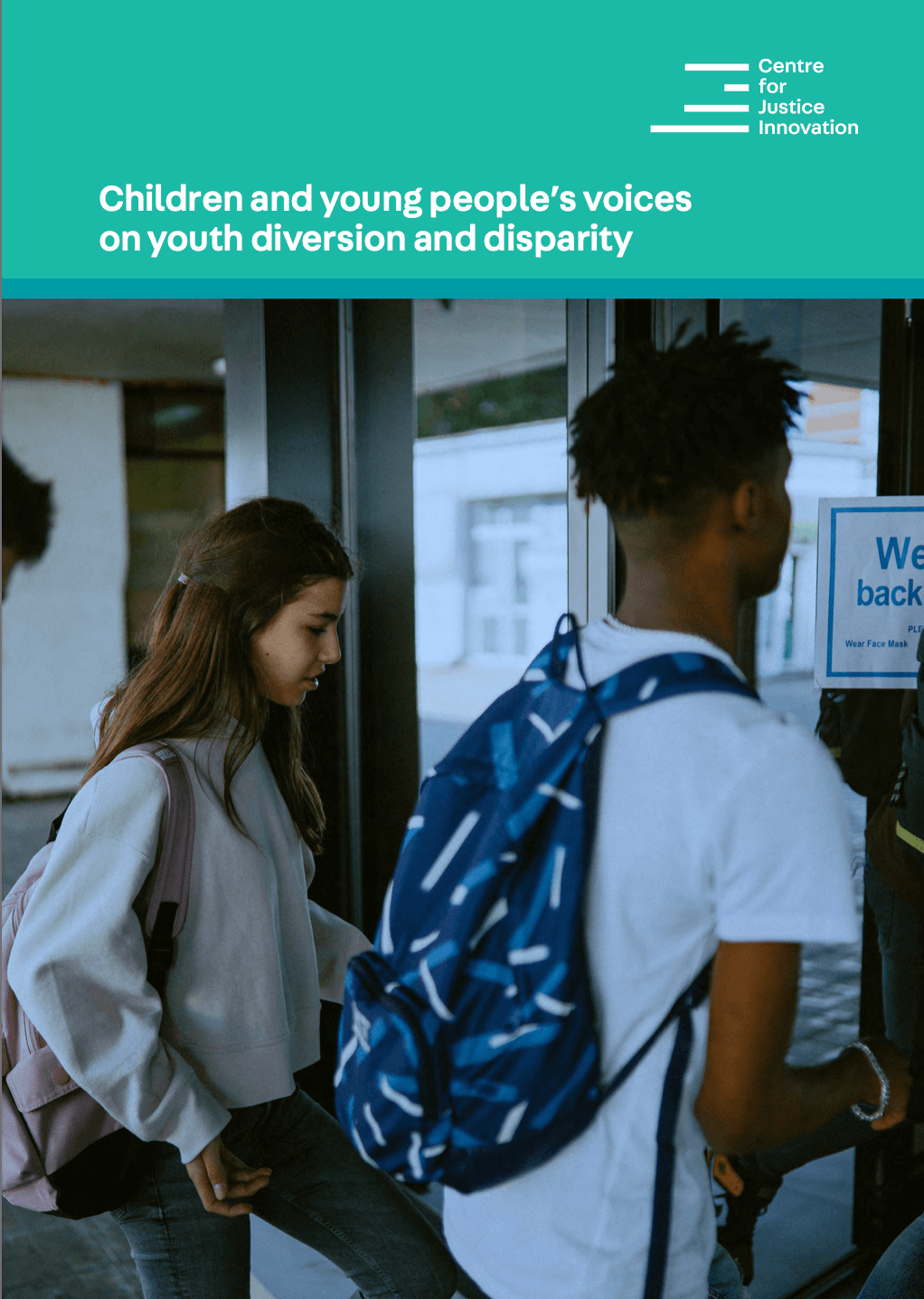
Summary
Youth diversion is a set of informal, non-statutory practices in which children and young people are provided the opportunity to avoid a statutory out of court disposal or a court prosecution if they complete community-based interventions. It offers children and young people a crucial alternative, allowing them to avoid the damaging consequences of formal justice processing and the likelihood of becoming deeper entrenched into the youth justice system. However, at present, there are concerns that diversion is not equally available to all, potentially exacerbating the racial disparities that already mar the system. As the House of Commons Justice Select Committee reported, ‘race disproportionality is significant and fundamental, visible in every part of the youth justice system’. 1 Given the significant and potentially life-long harms which come with unnecessary involvement in the justice system, ensuring equal access to diversion is essential.
This project explores the experiences of children and young people, some of whom had been diverted and some of whom had not, with a particular focus on how they perceived their ethnicity to have impacted the youth justice process and outcomes. Eleven children and young people currently in the youth justice system participated in face-to-face interviews about their experiences with the police, solicitors and youth justice services, and how they perceived these experiences to have been influenced by their ethnic background.
This research, funded by the Esmée Fairbairn Foundation, follows on from our previous project ‘Equal diversion? Racial disproportionality in youth diversion’ and is a crucial step towards expanding the limited evidence base on youth diversion in England and Wales.
Key findings
Children and young people had mixed experiences of professionals during the diversion process.
“I’m a Black young teenage boy, if I was a White boy it would be different...Probably better. Things would probably have been better."
They described experiences including what they understood to be racist and discriminatory practice by the police. They also told us that the legal process could feel complicated and unclear and was not always explained in a way that they could easily comprehend. However, there were many examples of good practice that were highlighted, including: culturally- informed practice by solicitors, supportive guidance given by youth justice practitioners and some police officers actively listening and using a calm, respectful approach.
Some children and young people did not understand the outcomes of their criminal justice engagement.
“I don’t know what offence had what outcome, and what one I’m still working on because they’ve all come and it’s very confusing and stuff.”
While some children and young people were able to clearly outline what they were required to do and the potential consequences of non-engagement, others were unsure about the specific details of their outcome and what this entailed. In particular, there appeared to be some confusion about criminal record implications of diversion. Some children and young people were unaware that there was the possibility of a criminal record being flagged on a future enhanced police check. We also found that some solicitors had limited knowledge of diversion which is concerning due to their advocacy role.
Children and young people stressed the importance of positive communication and working relationships.
“They were treating me like an actual human. They were treating me like a normal person. ... They were treating me with respect and decency, you know what I’m saying?”
There were many positive examples given to build upon, including children and young people feeling cared for and supported through their interactions with youth justice service practitioners.
The appropriateness and quality of diversion interventions was variable.
“[I] went to a virtual reality session. It was about knife crime... it wasn’t really useful. I don’t business with knives”
There was some evidence of child-centred practice when setting interventions, for example sporting activities provided for children and young people who enjoyed exercise. However, many of the children and young people interviewed described issues with their interventions, for example difficulties with travel to appointments and the use of generic interventions that did not relate to their offence or circumstances.